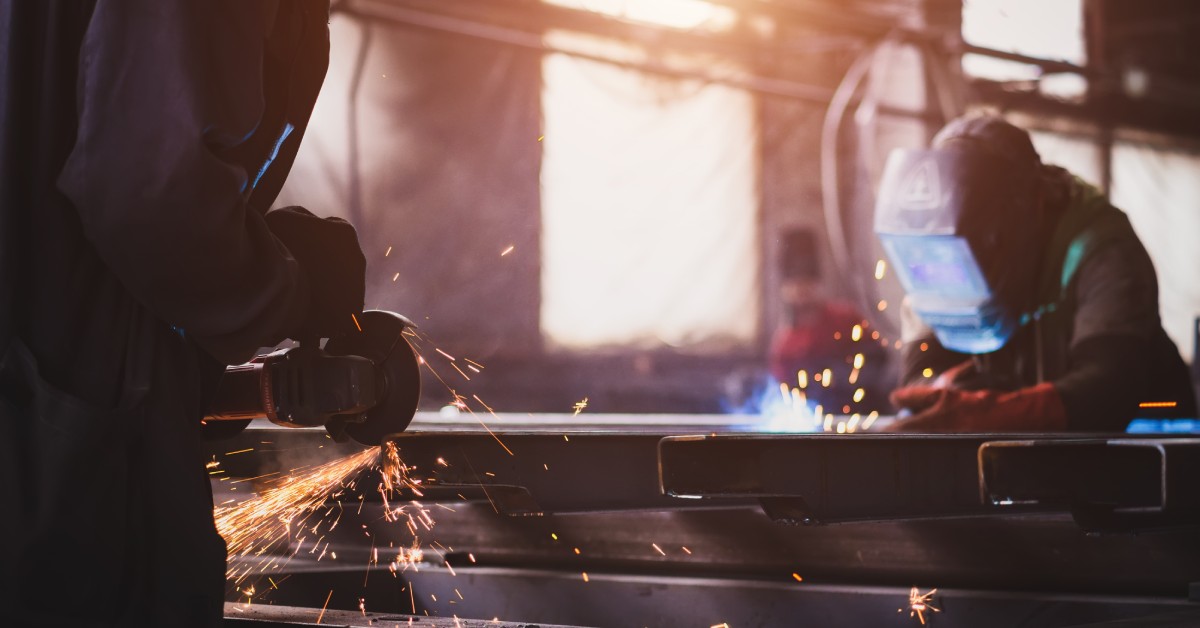4 Interesting Facts You Didn’t Know About Metal Fabrication

Metal fabrication is a fascinating and essential process that has existed for centuries. It involves cutting, bending, and welding metal materials to create structures, machines, and products. Delve into four interesting facts you didn’t know about metal fabrication.
The Field Isn’t New
Metalworkers in ancient civilizations manually heated and shaped metals—often iron, bronze, and copper—to create tools, weapons, and jewelry. These skilled metalworkers used blacksmithing techniques to manipulate the metals into desired shapes. Blacksmiths usually heat the metal in a forge and use hand tools such as hammers, anvils, and tongs to shape it.
Thanks to technological advancements, the Industrial Revolution brought about significant changes in metal fabrication techniques. These changes led to the creation of new machines and the need for metal parts, starting the modern metal fabrication industry.
Today, the field continues to advance with modern technology and machinery, such as CNC machines and laser cutters. However, the foundation of metal fabrication still relies on traditional techniques and skills passed down from generations of blacksmiths.
There Are Numerous Cutting Processes
Metal fabrication is a broad term that encompasses various welding and cutting processes. For instance, professionals may use plasma, waterjet, laser, or oxy-fuel cutting tools. Each method has its unique advantages and applications.
Likewise, different kinds of welding processes exist, each suited to specific materials and purposes. Options such as Tungsten Insert Gas (TIG) welding are ideal for precision welding, while Metal Inert Gas (MIG) is better for high-speed production.
It Requires a Skilled Workforce
Learning how to fabricate metal is not easy. It takes years of training, practice, and experience to become proficient in the craft. Specific techniques, such as using a handheld torch, require the utmost precision and a steady hand, which can take years to master.
Metal fabrication also requires knowledge of math and science, as workers must calculate measurements and understand the properties of various metals. Many learn the skills needed for specific fields of metal fabrication through apprenticeships or by attending a trade school.
Countless Industries Rely on It
Last on our list of the four most interesting facts you didn’t know about metal fabrication is that it is vital in countless industries. Without metal fabricators, we wouldn’t have steel beams to construct buildings or machines to produce cars, airplanes, and other forms of transportation.
Some of the many industries that rely on metal fabrication include:
- Automotive
- Construction
- Aerospace
- Manufacturing
- Medical equipment and devices
Metal fabrication is everywhere, from the cars we drive to the buildings we live in. While this ancient process has evolved over the years, what remains consistent is society’s reliance on it for essential tools, products, and advancements.





